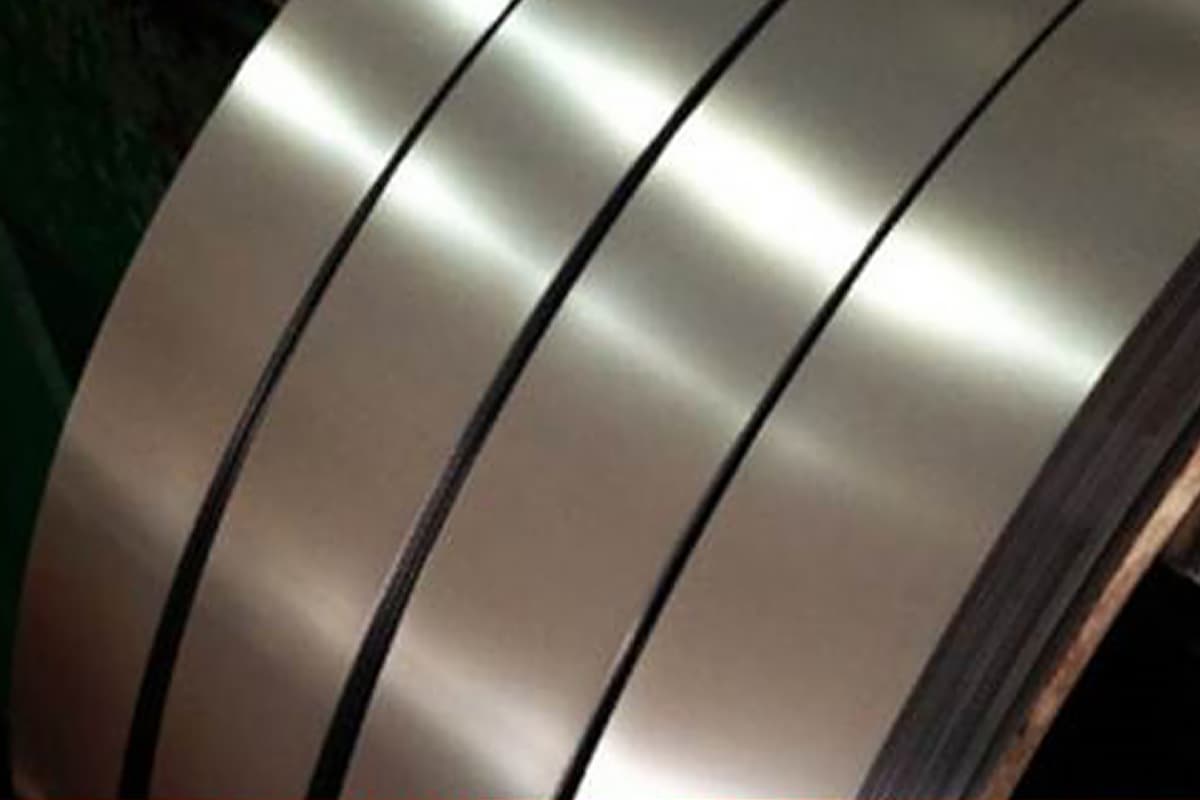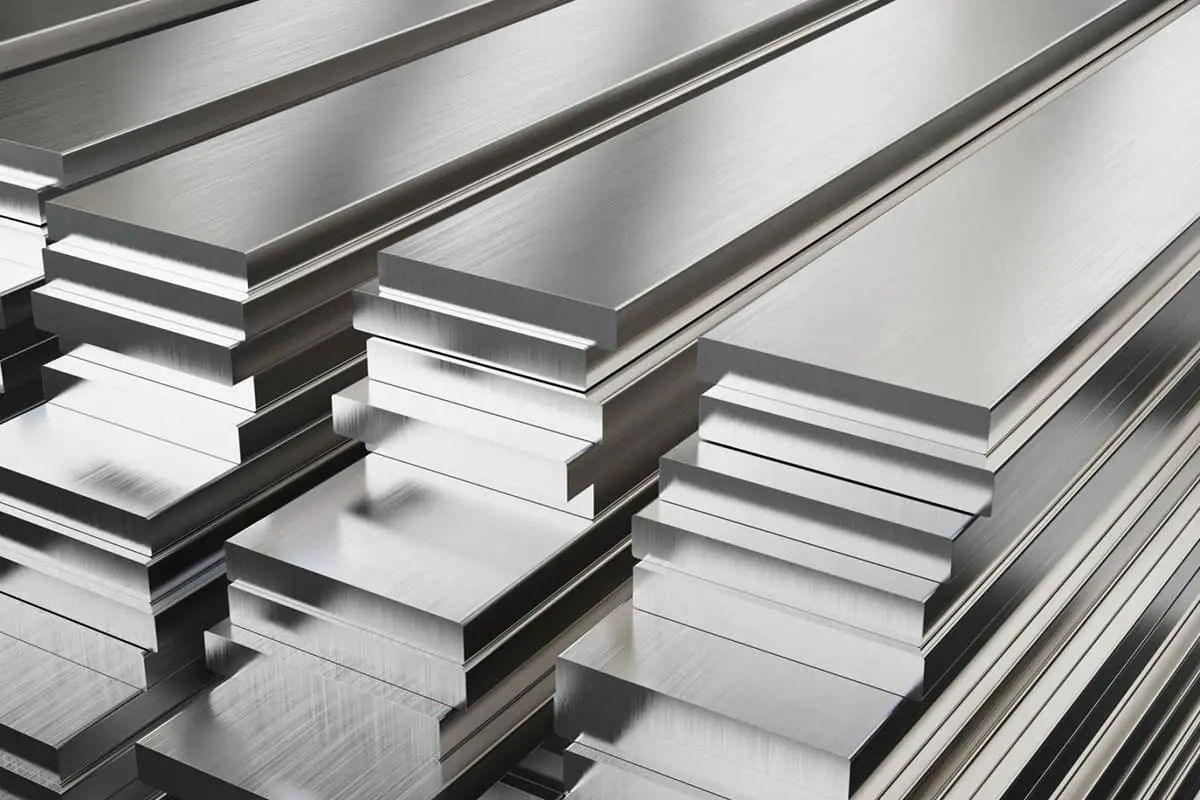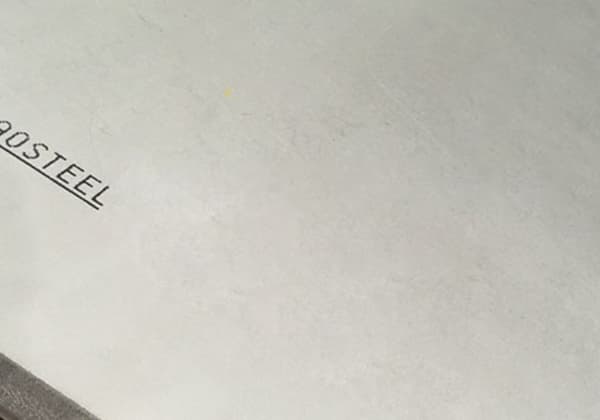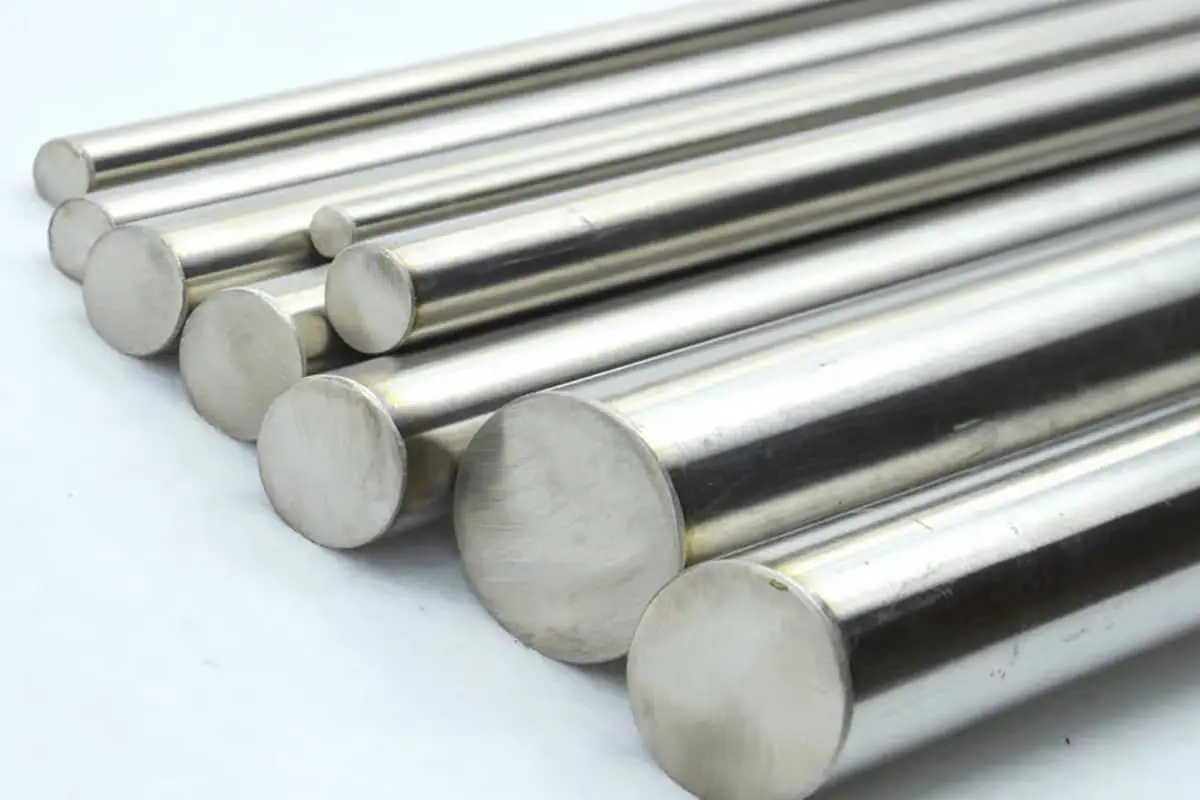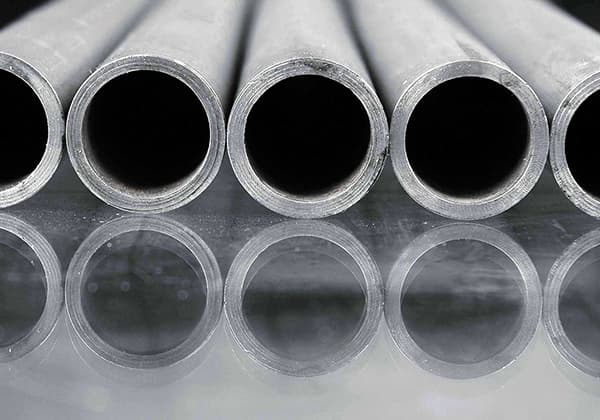
Have you ever wondered about the difference between the standard and actual thickness of stainless steel? In this blog post, we’ll dive into this intriguing topic, exploring the key factors that influence these measurements. Drawing from industry standards and expert insights, we’ll unravel the mysteries behind stainless steel thickness and equip you with valuable knowledge for your next project.
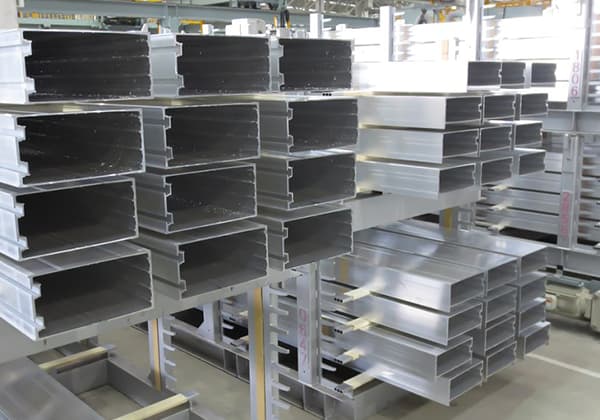
In stainless steel manufacturing and fabrication, it’s crucial to distinguish between nominal (standard) thickness and actual thickness:
Nominal Thickness:
This refers to the designated or specified thickness of stainless steel sheets or plates, typically expressed in whole numbers or common fractions (e.g., 1mm, 2mm, 3mm, 4mm). These values are used for general classification and ordering purposes.
Actual Thickness:
This is the precise, measured thickness of the stainless steel material, usually determined using high-precision measuring tools. Actual thickness is generally reported to two decimal places (e.g., 0.85mm, 1.91mm, 2.75mm, 3.80mm) for enhanced accuracy in engineering and fabrication processes.
The discrepancy between nominal and actual thickness is attributed to manufacturing tolerances, which are necessary due to the complexities of the steel production process. These tolerances are typically defined by international standards such as ASTM A480 or EN 10029, which specify acceptable thickness variations for different grades and dimensions of stainless steel.
Understanding this distinction is vital for:
Manufacturers and fabricators must always consider actual thickness when planning precise machining operations, calculating material strength, or designing tight-tolerance assemblies.
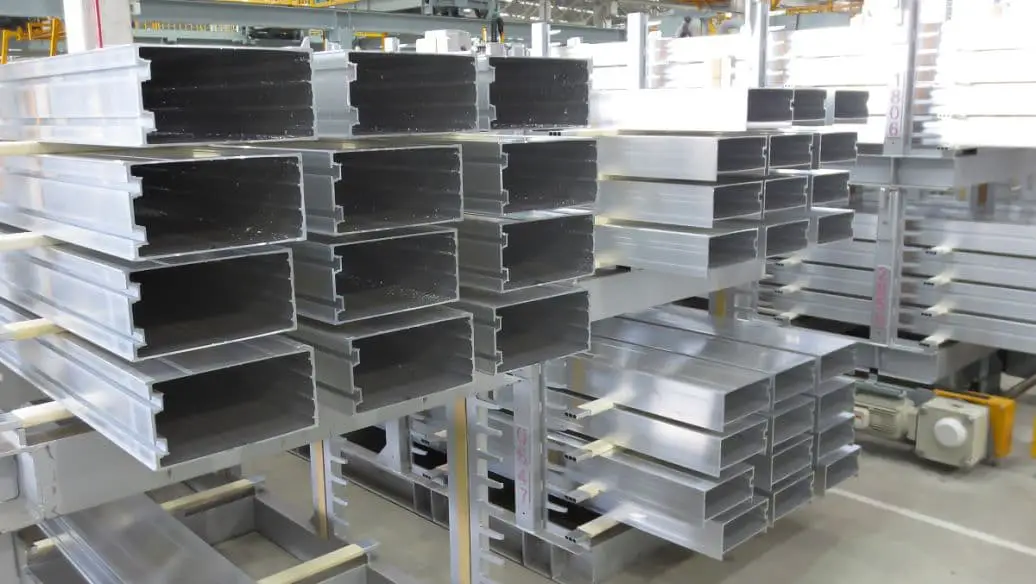
The difference between the standard and actual thicknesses of stainless steel plates is governed by specific material standards and manufacturing tolerances. This variance is crucial for precision engineering and quality control in metal fabrication processes.
Stainless steel plate thickness standards can be categorized based on various national and international specifications:
The first three standards mentioned are Chinese national standards that define the thickness tolerances for stainless steel plates. These tolerances account for the inherent variations in the manufacturing process, including factors such as rolling precision, material properties, and cooling rates.
To illustrate the practical differences between standard and actual thicknesses, consider the following comparison for stainless steel plates with a width of 1.2m:
Table ① and Table ②: Comparison between standard thickness and actual thickness of stainless steel plates (width: 1.2m)
Standard thickness and actual thickness comparison table of stainless steel plate ①
| Standard thickness | Real thickness (when the width of the steel plate is 1.2m) (unit: mm) | ||||
| General | Comply with pressure-bearing standard GB/T24511-2017 | Conform to the national standard of hot rolling GB/T4237-2015 | Conform to the national standard of cold rolling GB/T3280-2015 | Conform to American Standard for Cold Rolling ASTM A240/A240M-15a | |
| 0.5 | 0.3~0.5 | – | – | 0.45~0.55 | 0.46~0.54 |
| 0.8 | 0.6~0.8 | – | – | 0.71~0.89 | 0.75~0.85 |
| 1 | 0.8~1 | – | – | 0.9~1.1 | 0.94~1.06 |
| 1.2 | 1~1.2 | – | – | 0.9~1.1 | 1.12~1.28 |
| 1.5 | 1.2~1.5 | – | – | 1.38~1.62 | 1.42~1.58 |
| 2 | 1.6~2 | – | 1.78~2.22 | 1.83~2.17 | 19~2.1 |
| 2.5 | 2.2~2.5 | – | 1.78~2.22 | 2.28~2.72 | 2.4~2.6 |
| 3 | 2.6~3 | 2.75~3.25 | 2.75~3.25 | 2.78~3.22 | 2.87~3.13 |
Comparison Table of Standard Thickness and Actual Thickness of Stainless Steel Plate ②
| Standard thickness | Real thickness (when the width of the steel plate is 1.2m) (unit: mm) | ||||
| General | Comply with pressure-bearing standard GB/T24511-2017 | Conform to the national standard of hot rolling GB/T4237-2015 | Conform to the national standard of cold rolling GB/T3280-2015 | Conform to American Standard for Cold Rolling ASTM A240/A240M-15a | |
| 4 | 3.5~4 | 3.72~4.28 | 3.72~4.28 | 3.75~4.25 | 3.83~4.17 |
| 5 | 4.5~5 | 4.7~5.31 | 4.69~5.31 | 4.65~5.35 | 4.83~5.17 |
| 6 | 5.5~6 | 5.7~6.33 | 5.67~6.33 | 5.6~6.4 | 5.8~6.2 |
| 8 | 7.5~8 | 7.7~8.38 | 7.62~8.38 | 7.5~8.5 | 7.77~8.23 |
| 10 | 9.5~10 | 9.710.42 | 9.58~10.42 | – | – |
| 12 | 11.5~12 | 11.7~12.45 | 11.55~12.45 | – | – |
| 14 | 13.5~14 | 13.7~14.45 | 13.55~14.45 | – | – |
| 16 | 15.5~16 | 15.7~16.5 | 15.55~16.45 | – | – |
Table ③ and Table ④:
When the width of steel plate is 1.5m, the standard thickness and actual thickness of stainless steel plate are compared as follows:
Standard thickness and actual thickness comparison table of stainless steel plate ③
| Standard thickness | Real thickness (when the width of the steel plate is 1.5m) (unit: mm) | ||||
| General | Comply with pressure-bearing standard GB/T24511-2017 | Conform to the national standard of hot rolling GB/T4237-2015 | Conform to the national standard of cold rolling GB/T3280-2015 | Conform to American standard STMA240/A240M-15a of cold rolling | |
| 0.5 | 0.3~0.5 | – | – | 0.42~0.58 | – |
| 0.8 | 0.6~0.8 | – | – | 0.7~0.9 | – |
| 1 | 0.8~1 | – | – | 0.88~1.12 | 0.92~1.08 |
| 1.2 | 1~1.2 | – | – | 1.08~1.32 | 1.12~1.28 |
| 1.5 | 1.2~1.5 | – | – | 1.35~1.65 | 1.4~1.6 |
| 2 | 1.6~2 | – | – | 1.8~2.2 | 1.89~2.11 |
| 2.5 | 2.2~2.5 | – | – | 2.25~2.75 | 2.37~2.63 |
| 3 | 2.6~3 | 2.72~3.28 | 2.72~3.28 | 2.75~3.25 | 2.85~3.15 |
Comparison Table of Standard Thickness and Actual Thickness of Stainless Steel Plate ④
| Standard thickness | Real thickness (when the width of the steel plate is 1.5m) (unit: mm) | ||||
| General | Comply with pressure-bearing standard GB/T24511-2017 | Conform to the national standard of hot rolling GB/T4237-2015 | Conform to the national standard of cold rolling GB/T3280-2015 | Conform to American Standard for Cold Rolling ASTM A240/A240M-15a | |
| 4 | 3.5~4 | 3.7~4.31 | 3.69~4.31 | 3.6~4.4 | 3.83~4.17 |
| 5 | 4.5~5 | 4.7~5.33 | 4.67~5.33 | 4.55~5.45 | 4.81~5.19 |
| 6 | 5.5~6 | 5.7~6.36 | 5.64~6.36 | 5.556.45 | 5.77~6.23 |
| 8 | 7.5~8 | 7.7~8.39 | 7.61~8.39 | 7.5~8.5 | 7.75~8.25 |
| 10 | 9.5~10 | 9.7~10.43 | 9.57~10.43 | – | – |
| 12 | 11.5~12 | 11.7~12.47 | 11.53~12.47 | – | – |
| 14 | 13.5~14 | 13.7~14.47 | 13.53~14.47 | – | – |
| 16 | 15.5~16 | 15.7~16.53 | 15.53~16.47 | – | – |
The standard for the actual thickness of stainless steel 304 is the same as the previous example.
The actual thickness of stainless steel 304 can be determined based on the relevant width and standard of the stainless steel plate.
In stainless steel manufacturing and procurement, it’s crucial to understand the distinction between standard (theoretical) thickness and actual thickness. This difference has significant implications for material properties, cost calculations, and engineering applications.
Standard thickness, also referred to as nominal or theoretical thickness, represents the designated size category for stainless steel plates. However, due to manufacturing tolerances and rolling processes, the actual thickness typically falls slightly below this nominal value. For example, a stainless steel plate marketed as 3mm thick may have an actual thickness ranging from 2.75mm to 2.8mm.
This variance is industry-accepted and complies with international standards such as ASTM A480/A480M, which specifies thickness tolerances for stainless steel sheets and plates. Understanding these tolerances is critical for engineers and buyers to ensure that the material meets design specifications and performance requirements.
When purchasing stainless steel plates, awareness of this thickness differential is essential for several reasons:
1. Material Properties: Slight variations in thickness can affect mechanical properties, weight-bearing capacity, and corrosion resistance.
2. Cost Calculations: Pricing mechanisms vary based on how thickness is considered:
3. Engineering Tolerances: Design engineers must account for thickness variations in their calculations, especially for precision applications or when tight tolerances are required.
4. Quality Control: Understanding the expected thickness range aids in quality assurance processes and helps prevent disputes with suppliers.
To optimize material selection and cost-effectiveness, consider the following best practices:
By comprehending the nuances of standard versus actual thickness in stainless steel plates, professionals can make more informed decisions, ensure project success, and optimize material utilization in various industrial applications.


